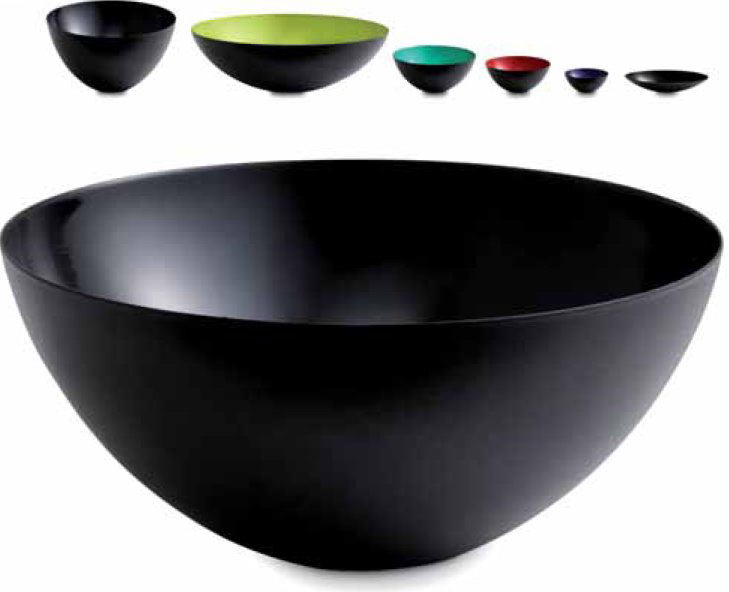Arguably, one of the most important materials in the world is steel, which strikes the balance between strength, easy forming and being very cheap. Steel is a material that evokes associations with heavy industry, but to really understand steel and its value to the world, one should think of it as a raw material from which a whole range of derivatives, with different nuances, can be formed.
Steel is obtained by alloying iron with small amounts of carbon. It is the inclusion of carbon in varying degrees and the way oxygen is allowed to escape during processing that determines the properties of the vast number of grades of steel that can be formed. These steel grades can be broadly split into two main groups: carbon steels and alloy steels. Within the branch of carbon steels there are further broad categories including mild steel, medium and high carbon steels. The lower the carbon content, the milder the steel but also the tougher; the higher the carbon, the harder the steel (i.e. stays shaped for longer) until you reach about 4 per cent carbon, at which point the metal becomes cast iron.
Cold working steel increases its strength and decreases ductility and, like aluminium, steels can be alloyed to increase their physical properties. These alloys include lead to increase machinability, cobalt, which increases hardness at high temperatures, and nickel, which increases toughness. Like aluminium, steel is classified by the use of four digits.
Image: Krenit bowl, Normann Copenhagen

Key features
•Tough
•Comparatively low energy use to form
•Low cost
•High weight
•Corrodes
•Recyclable
Sources
According to the US Geological Survey in 2011, world steel consumption was expected to be 1,398 million tonnes. China is responsible for almost half of the world’s iron production, which in 2011 was 700,000,000 tonnes.
Cost
£0.40–0.60 ($0.63-0.84) per kg.
Sustainability issues
Steel requires more heat energy to form than plastics, it is widely available and it is recyclable, requiring comparatively low energy.
Production
Annealing steel – heating it to make it softer – is one of the major ways of processing steel. Beyond this, it can be cast, machined, rolled, extruded, press-formed and many of the other forms of production associated with forming metals.
Typical applications
Mild steel is used a lot in structural elements in building, for example I-beams and for reinforcing. Medium carbon steel is used in heavy industry for railway tracks. High carbon steels are used for various cutting tools such as chisels and drill bits and on a softer note for the strings in violins and piano wire.
Derivatives
–Steel is often alloyed with Tungsten, Manganese and Chromium
–Stainless steel (chromium, nickel)
–Silicon steel (silicon)
–Tool steel (tungsten or manganese)
–Bulat steel
–Chromoly (chromium, molybdenum)
–Crucible steel
–Damascus steel
–HSLA steel
–High speed steel
–Maraging steel
–Reynolds 531
–Wootz steel
| + | – |
|
–Very strong –Versatile processing –Low cost –Tough –Recyclable |
–Poor corrosion resistance |
